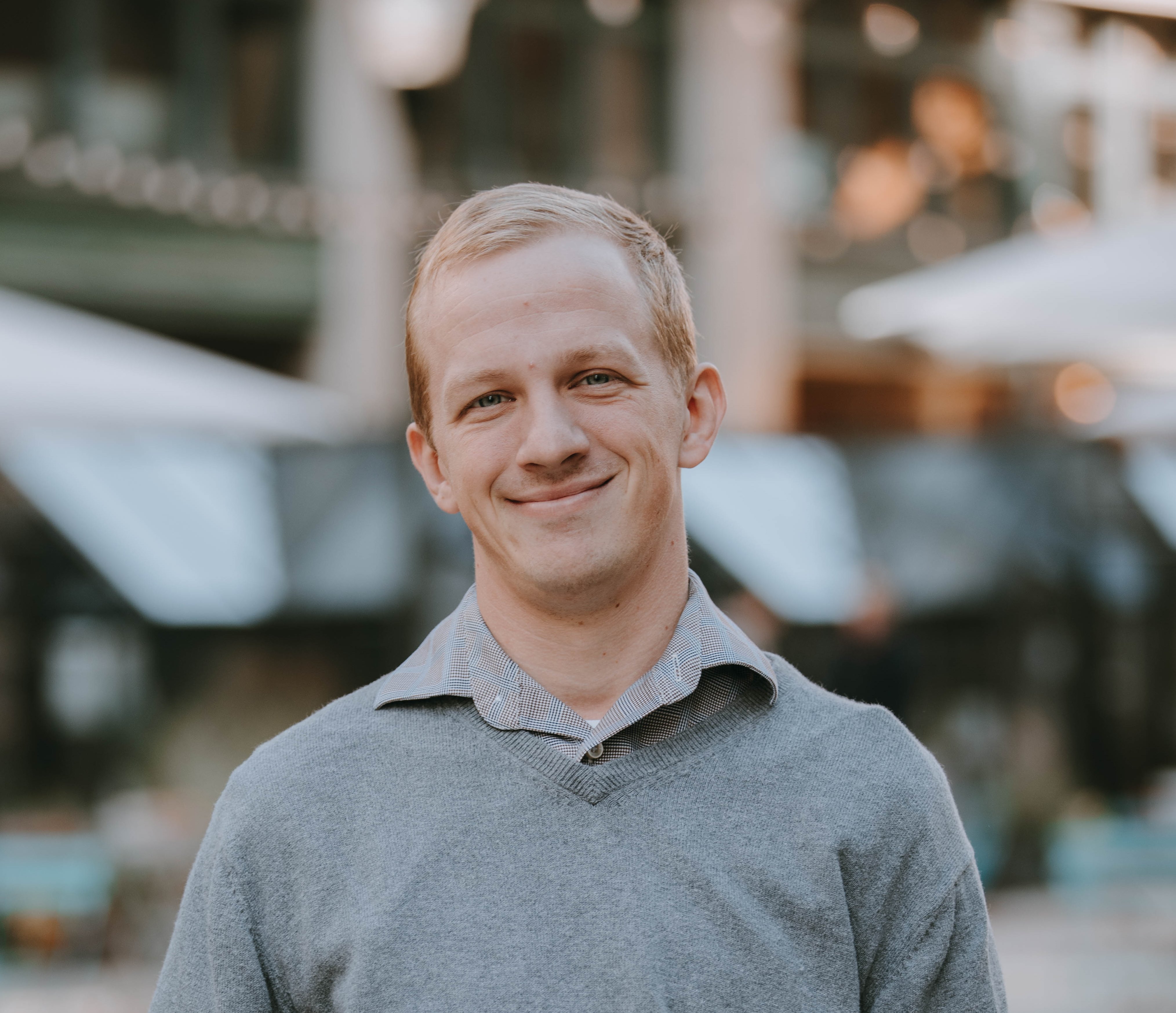 U.S. Cardinal Edmund C. Szoka, pictured in a 2004 photo, died Aug. 20 at age 86 at Providence Park Hospital in Novi, Mich. Cardinal Szoka was archbishop of Detroit from 1981 until 1990, when he was brought to the Vatican to oversee the city state's government under St. John Paul II and Pope Benedict XVI. He retired in 2006. Michigan Catholic file photos
U.S. Cardinal Edmund C. Szoka, pictured in a 2004 photo, died Aug. 20 at age 86 at Providence Park Hospital in Novi, Mich. Cardinal Szoka was archbishop of Detroit from 1981 until 1990, when he was brought to the Vatican to oversee the city state's government under St. John Paul II and Pope Benedict XVI. He retired in 2006. Michigan Catholic file photosGalero raising at cathedral a reflection on contributions of Cardinal Szoka
DETROIT — If you look to the upper corners of the vaulted ceiling of the Cathedral of the Most Blessed Sacrament, an observant visitor might notice a curious sight: two red hats, each suspended by a chain.
Called galeri (galero in the singular), the hats are a symbol of the past leadership of Detroit’s Catholic Church.
A traditional red hat worn by cardinals, use of the galero dates back to the 1200s and Pope Innocent IV, who during the First Council of Lyon wanted to use the hats as a way to distinguish cardinals during public processions.
Two galeri, those belonging to Cardinals Edward A. Mooney and John F. Dearden, currently hang from the ceiling of the cathedral, and on Aug. 18, the Archdiocese of Detroit will celebrate the service of a third: Cardinal Edmund C. Szoka, archbishop of Detroit from 1981-90, with the raising of his galero with a Mass at 5 p.m.
The tradition of elevating the galero in the cardinal’s cathedral after his death sprang from a similar tradition, said Fr. J.J. Mech, rector of the Cathedral of the Most Blessed Sacrament.
“When a cardinal would sit for a council or an important meeting, they would elevate the galero above his chair,” Fr. Mech told The Michigan Catholic. “Tradition states when a cardinal would pass, they’d hang the galero above his tomb. If the cathedral didn’t have a crypt, then it was hung in the cathedral from which he served.”
Galeri continue to be used in episcopal heraldry, appearing on bishops’ and cardinals’ coats of arms. The color and number of tassels beneath the galero denote the prelate’s rank: six tassels on each side for bishops, 10 for archbishops, and 15 for cardinals. After the Second Vatican Council, galeri were no longer given to cardinals; instead, a scarlet zucchetto or biretta became the norm.
Fr. Mech explained Fr. Tim Pelc, pastor of St. Ambrose Parish in Grosse Pointe Park, gifted Carinal Szoka with the galero, which will be hung from the cathedral ceiling during a celebration of Cardinal’s Szoka’s tenue as Archbishop of Detroit.
The purpose of the Aug. 18 liturgy will be both to remember the service of Cardinal Szoka, who died in 2014, and to pray for the repose of his soul, Fr. Mech said.
“The archbishop made it clear that this liturgy is to pray for Cardinal Szoka,” Fr. Mech said. “It’s a memorial Mass we’re offering for him to celebrate his contributions to the Archdiocese of Detroit, to the Vatican and the mission of the entire Church.”
Cardinal Szoka was born in Grand Rapids in 1927 and was ordained a priest for the Diocese of Marquette in 1954. He was appointed the first bishop of Gaylord in 1971, and in 1981, was named archbishop of Detroit.
Created a cardinal by St. John Paul II in 1988, Cardinal Szoka left Detroit in 1990 when he was named president of the Prefecture for the Economic Affairs of the Holy See. In 1997, Cardinal Szoka was named president of the Governorate of Vatican City State, where he served until his retirement in 2006.
Cardinal Szoka’s contributions to the Archdiocese of Detroit and to the Vatican were numerous, Fr. Mech said, including providing financial stability to the archdiocese during a time of great change in the region and reinvesting in the Vatican’s preservation of art for future generations through the Patrons of the Arts for the Vatican Museums.
 Cardinal Edmund C. Szoka, who was archbishop of Detroit from 1981-90, will be honored Aug. 18 with a Mass and raising of his galero at the Cathedral of the Most Blessed Sacrament. Cardinal Szoka, who died in 2014, will join former Detroit Cardinal-archbishops John F. Dearden and Edward A. Mooney, whose galeri currently hang from the cathedral ceiling.
Cardinal Edmund C. Szoka, who was archbishop of Detroit from 1981-90, will be honored Aug. 18 with a Mass and raising of his galero at the Cathedral of the Most Blessed Sacrament. Cardinal Szoka, who died in 2014, will join former Detroit Cardinal-archbishops John F. Dearden and Edward A. Mooney, whose galeri currently hang from the cathedral ceiling.“When he was the governor, he oversaw all of the museums in the Vatican,” Fr. Mech said. “There were priceless works of art that were deteriorating quickly, and he established this organization with the responsibility of raising funds to save these beautiful pieces of art.”
During his time in Detroit, Cardinal Szoka made the decision to close St. John’s Provincial Seminary in Plymouth and bring the theology program to Sacred Heart Seminary in Detroit, a game-changer for the formation of priests in the state, said Msgr. John Zenz, who served as archdiocesan chancellor during Cardinal Szoka’s time in Detroit.
“When he closed St. John’s Provincial in Plymouth, he essentially created a new seminary, a program from first college to ordination,” said Msgr. Zenz, currently pastor of Holy Name Parish in Birmingham. “It was one of his goals all along in influencing the formation of the priests, shaping the future of the Church. There was a lot of debate at the time, some didn’t like closing the Plymouth seminary, but Cardinal Szoka was thinking about what would be best for the formation of priests, celebrating the sacraments.”
Cardinal Szoka also emphasized the sacrament of reconciliation, Msgr. Zenz said, putting a focus on individual confessions and even going to different parishes on Saturdays to hear confessions.
“He put an end to general absolution, which was controversial at the time, but he felt was necessary,” Msgr. Zenz said. “He felt we were losing a sense of individual penance, that intimacy with the Lord. He also felt very strong about Eucharistic adoration, and really wanted to have parishes have some type of exposition of the Blessed Sacrament.”
Given the demographic and economic outlook of Metro Detroit in the 1980s, Cardinal Szoka’s tenue as archbishop did include the closing of many parishes in the inner-city.
Msgr. Mike LeFevre, the cardinal’s secretary for his final two years in Detroit, recalled the amount of prayer and contemplation about every decision he made.
“I was his companion, and I saw a very humble, reflective side of him,” said Msgr. LeFevre, pastor of St. John Fisher Chapel University Parish in Auburn Hills. “Every church we’d go to, there were placards that read, ‘Don’t close our church, save our church.’ And you could see the pain on his face, the pain he felt. During that time with him, I saw a man who was pastoral, who truly cared about the people and was doing what he felt was best, even if that meant making hard choices.
“There was a practical side of him, but a very spiritual side of him,” Msgr. LeFevre continued. “He was very aware of his own mortality. He knew his flaws, and he wasn’t afraid to be challenged. That was the legacy he had. He spent more time in Detroit retired than he did as archbishop, and he was a great companion for Cardinal (Adam) Maida and Archbishop (Allen) Vigneron. The fact he wanted to be buried in Detroit — he earned the right to buried in the Vatican — shows that he felt this was his home. That says a lot.”
Galero raising
Cardinal Szoka’s galero will be raised during a memorial Mass at 5 p.m. on Saturday, Aug. 18, at the Cathedral of the Most Blessed Sacrament.










